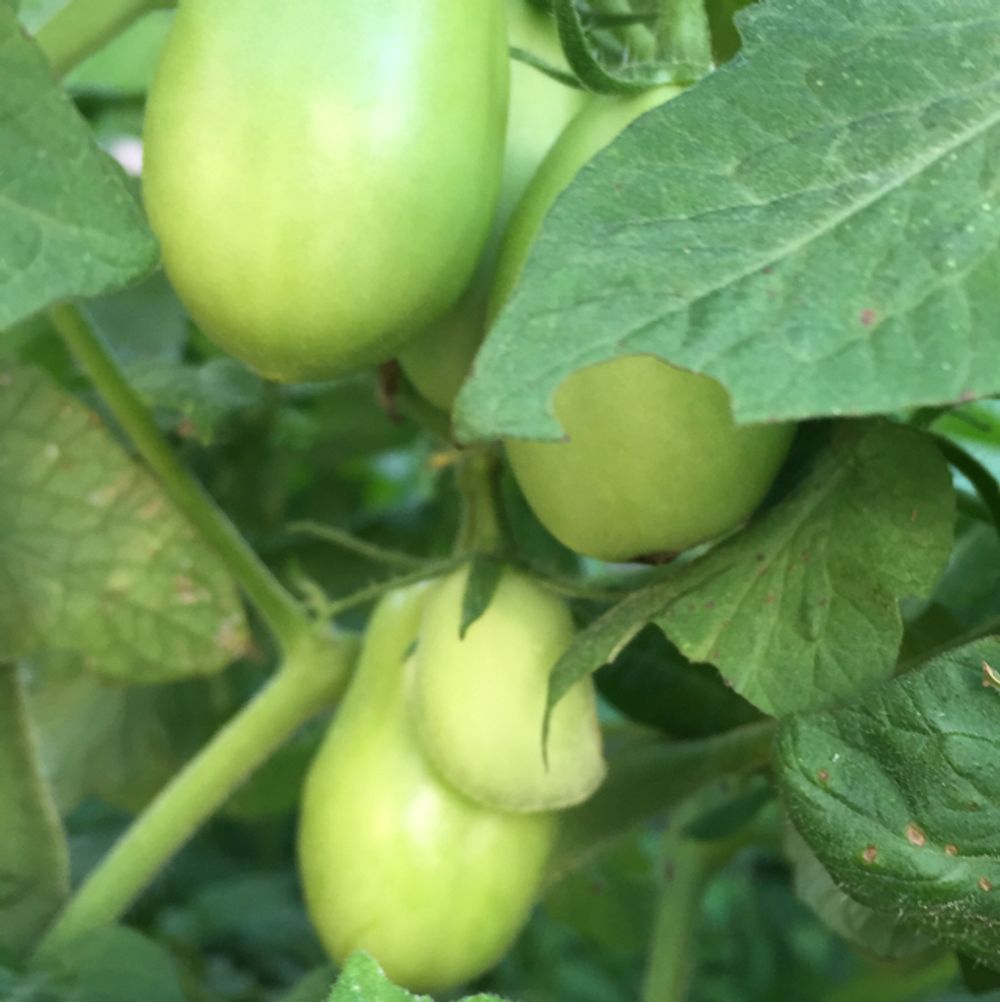Oakleaf garden geranium
(Pelargonium panduriforme)

Description
Pelargonium panduriforme is a species of flowering plant belonging to the family Geraniaceae. It is a perennial shrub that is native to South Africa, specifically the Western Cape region. It is commonly known as the "Panduriform pelargonium" due to the shape of its leaves. In this article, we will explore the characteristics, habitat, cultivation, and uses of Pelargonium panduriforme. Taxonomy and Description Pelargonium panduriforme is a member of the Pelargonium genus, which consists of approximately 200 species of plants that are commonly referred to as geraniums. It was first described by the botanist Joseph Dalton Hooker in 1885. The plant has a woody stem that can grow up to 1 meter in height. Its leaves are fleshy and succulent, with a distinctive shape that resembles a violin or a lyre. The leaves are arranged alternately on the stem and have a bluish-green coloration. The flowers of Pelargonium panduriforme are typically pink, although they can also be white or red. The flowers have five petals and are borne in clusters at the end of the stems. Habitat and Distribution Pelargonium panduriforme is native to the Western Cape region of South Africa. It is found growing in rocky areas and on hillsides, often in areas with low rainfall. The plant is well-adapted to the dry, arid conditions of its natural habitat and is able to store water in its fleshy leaves to survive periods of drought. Pelargonium panduriforme is also able to withstand high temperatures and intense sunlight. Cultivation Pelargonium panduriforme is relatively easy to grow and is well-suited to cultivation in containers, rock gardens, or as a groundcover. Here are some guidelines for its cultivation: Soil: Pelargonium panduriforme prefers well-draining soil that is slightly acidic. The soil should be rich in organic matter and should not be compacted. Watering: The plant should be watered sparingly to avoid overwatering, as it is well-adapted to the dry conditions of its natural habitat. Water only when the soil is dry to the touch, and avoid getting water on the leaves and flowers. Sunlight: Pelargonium panduriforme requires full sunlight to encourage healthy growth and flowering. Make sure to place the plant in a location that receives at least 6 hours of sunlight per day. Temperature: The plant can tolerate high temperatures and intense sunlight, but it may not survive prolonged exposure to freezing temperatures. Fertilizer: Pelargonium panduriforme does not require heavy fertilization. Apply a balanced, slow-release fertilizer during the growing season (spring and summer) to encourage healthy growth and flowering. Pruning: Regular pruning can help to shape the plant and encourage bushy growth. Prune back the stems in the early spring to promote new growth. Pests and diseases: Pelargonium panduriforme is relatively resistant to pests and diseases. However, it may be susceptible to fungal diseases if the soil is too moist. Avoid overhead watering and make sure to plant the plant in well-draining soil. With proper care and maintenance, Pelargonium panduriforme can be a beautiful and low-maintenance addition to any garden or collection of plants. Propagation Pelargonium panduriforme can be propagated from seeds or cuttings. To propagate from seeds: Collect mature seeds from the plant. Sow the seeds in well-draining soil and cover them lightly with a layer of sand. Water the soil sparingly and place the pot in a warm, bright location. Germination typically takes 2-4 weeks. To propagate from cuttings: Take a cutting from the stem of the plant, making sure it is at least 10cm long and has several leaves. Remove the lower leaves from the stem, leaving only the topmost leaves. Dip the cut end of the stem in rooting hormone powder. Plant the stem in a well-draining soil mixture, making sure that the node where the leaves were removed is below the soil surface. Water the soil sparingly and keep the pot in a warm, bright location. Roots should develop in 3-4 weeks. Once the seedlings or cuttings have developed roots and have grown to a sufficient size, they can be transplanted to their permanent location. It is important to ensure that the soil is well-draining and that the plant receives adequate sunlight and water. Uses Pelargonium panduriforme is primarily grown for its ornamental value, although it also has several medicinal uses. The plant has been used in traditional medicine to treat a variety of ailments, including respiratory infections, digestive disorders, and skin conditions. The leaves and flowers of Pelargonium panduriforme are believed to have antibacterial and anti-inflammatory properties, and are often used to make herbal teas or tinctures. However, it is important to note that any medicinal use of this plant should be done under the guidance of a qualified healthcare professional. Conservation Status Unfortunately, there is not enough data available to determine the conservation status of Pelargonium panduriforme according to the International Union for Conservation of Nature (IUCN) Red List. However, like many other plant species in South Africa, Pelargonium panduriforme faces threats from habitat loss due to agricultural expansion and urbanization, as well as from climate change and invasive species. Therefore, it is important to continue monitoring the population of this species and its habitat to ensure its conservation in the wild. Conclusion Pelargonium panduriforme is a beautiful and versatile plant that is well-suited to cultivation in a variety of settings. Its unique foliage and attractive flowers make it a popular choice for ornamental gardens and landscaping. The plant is also valued for its medicinal properties and has been used in traditional medicine for centuries. Whether grown for its aesthetic or medicinal value, Pelargonium panduriforme is a valuable addition to any garden or collection of plants.
Taxonomic tree:







